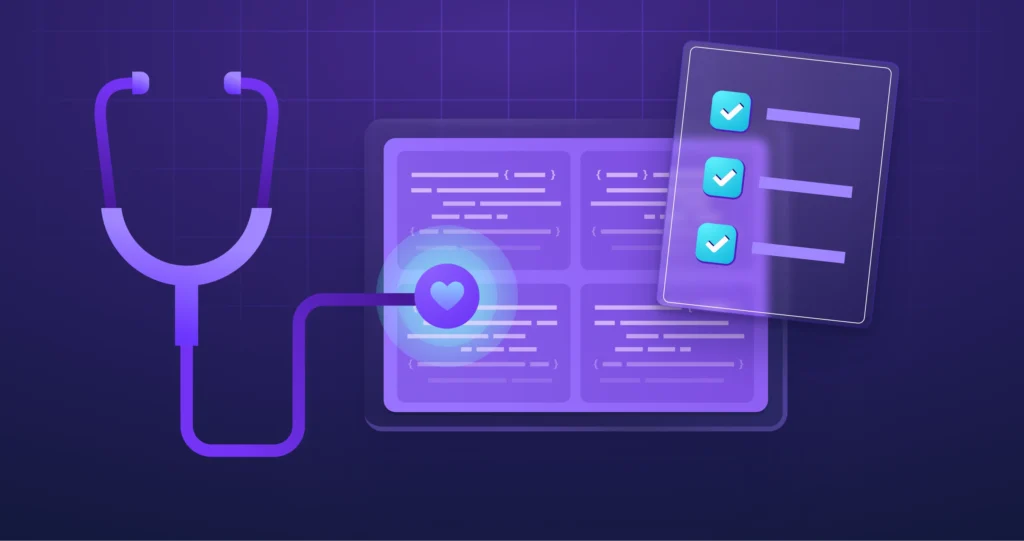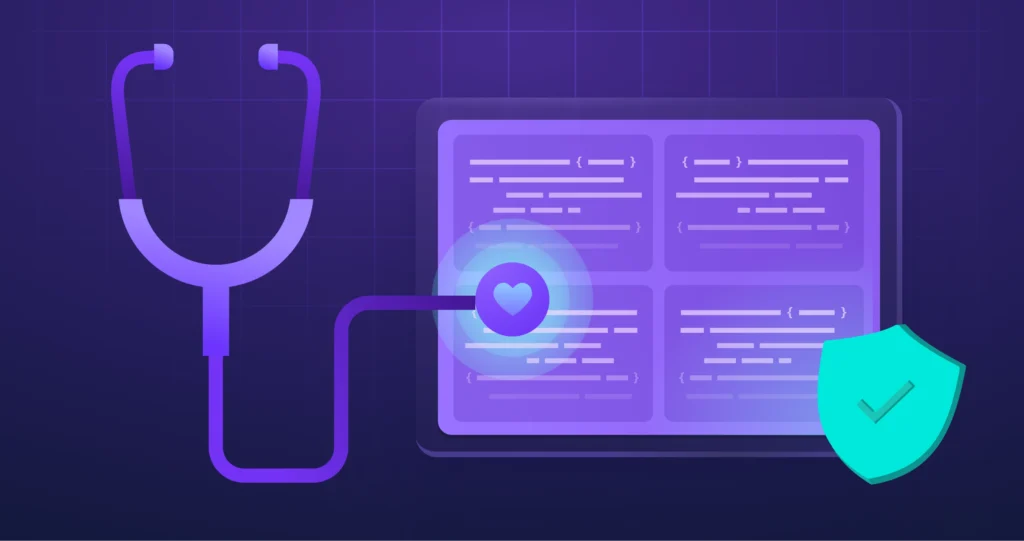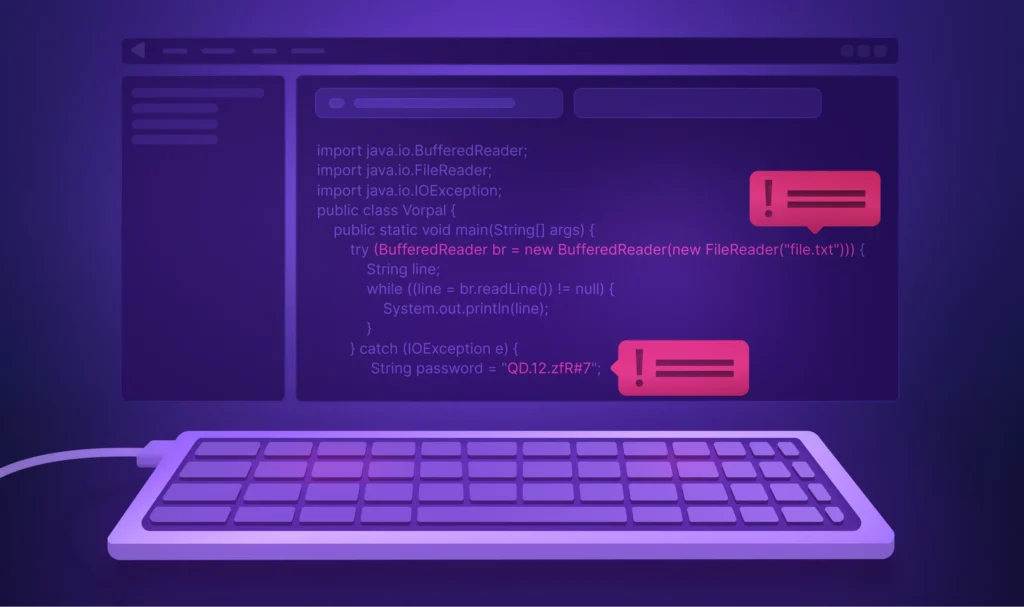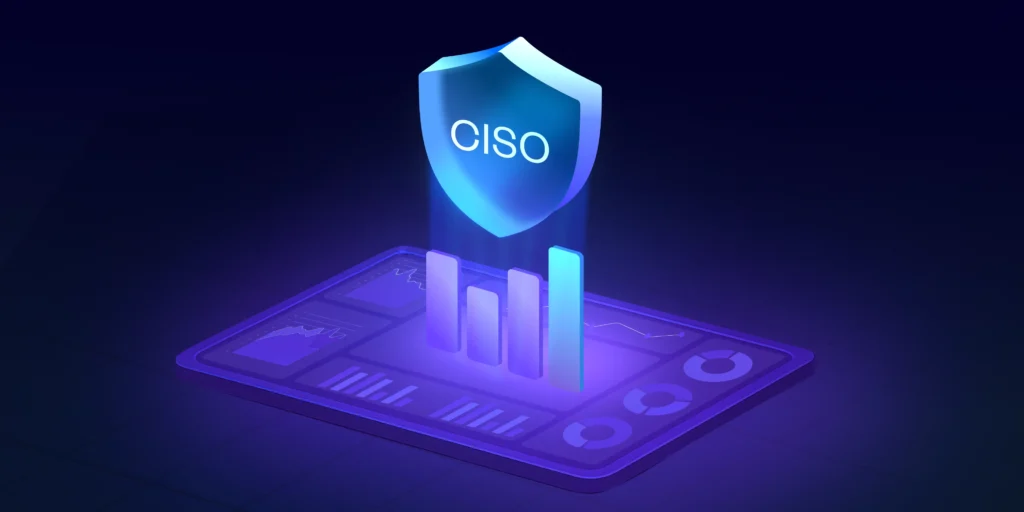Blog
Find it all here - expert insights, opinionated views and more
June 24, 2025
Gene Kim on Vibe Coding—and Why DevSecOps Must Be Ready for What’s Coming
One would expect an author in the final 72 hours before turning in his manuscript to be feverishly editing it. That is not what Gene Kim—WSJ bestselling author and DevOps thought leader— was doing with his Vibe Coding manuscript. Instead, he was coding. Or to be more accurate – Vibe Coding. Over four days, he committed […]
Read Now
Gene Kim on Vibe Coding—and Why DevSecOps Must Be Ready for What’s Coming
One would expect an author in the final 72 hours before turning in his manuscript to be feverishly editing it. That is not what Gene Kim—WSJ bestselling author and DevOps thought leader— was doing with his Vibe Coding manuscript. Instead, he was coding. Or to be more accurate – Vibe Coding. Over four days, he committed […]








